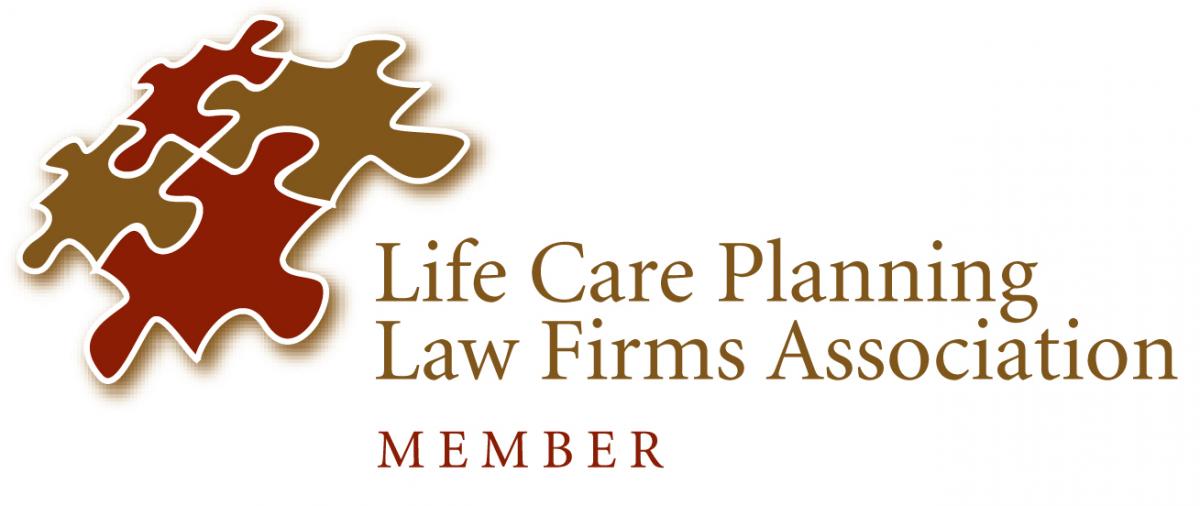Share this
The eligibility rules for Medicaid can be confusing, and this is especially true if you think you need a Qualified Income Trust (or QIT). In today’s blog, we want to address how the QIT (the Qualified Income Trust, or Miller Trust) is used. A QIT is needed when a nursing home resident’s income exceeds the income cap for Medicaid eligibility. For 2017, the income cap is $2,205. This means that if a nursing home resident has income greater than $2,205/month, he/she must use a QIT. When a QIT is used, a trust is written up by an attorney and executed by the nursing home resident and his/her trustee. Then a new checking account is set up for the QIT, and it is used to transfer the nursing home resident’s income from the regular checking account to the nursing home by passing through the QIT account. It’s a confusing process that makes very little sense. Having income greater than the income cap does not disqualify a resident from receiving Medicaid (remember that a nursing home resident must only make less than the private pay rate of the nursing home in order to be eligible for Medicaid); it just means that the resident must jump through an extra hoop in order to qualify for Medicaid. And that hoop is the QIT (the Qualified Income Trust, or Miller Trust). After the money is moved from the resident’s regular account to the QIT account, the resident (or Trustee of the QIT) pays the nursing home (a patient liability is assessed for every nursing home resident—and many nursing home residents pay their whole income, minus $50, to the nursing home leaving Medicaid to pay the remainder of the nursing home bill). Our Certified Elder Law Attorneys can help determine if a QIT is needed and can be hired to create a QIT on a resident’s behalf. Please call our office for a complimentary consultation at (404) 843-0121 if you have any questions about Medicaid or the QIT.
Share this
Subscribe to our blog and monthly newsletter.











